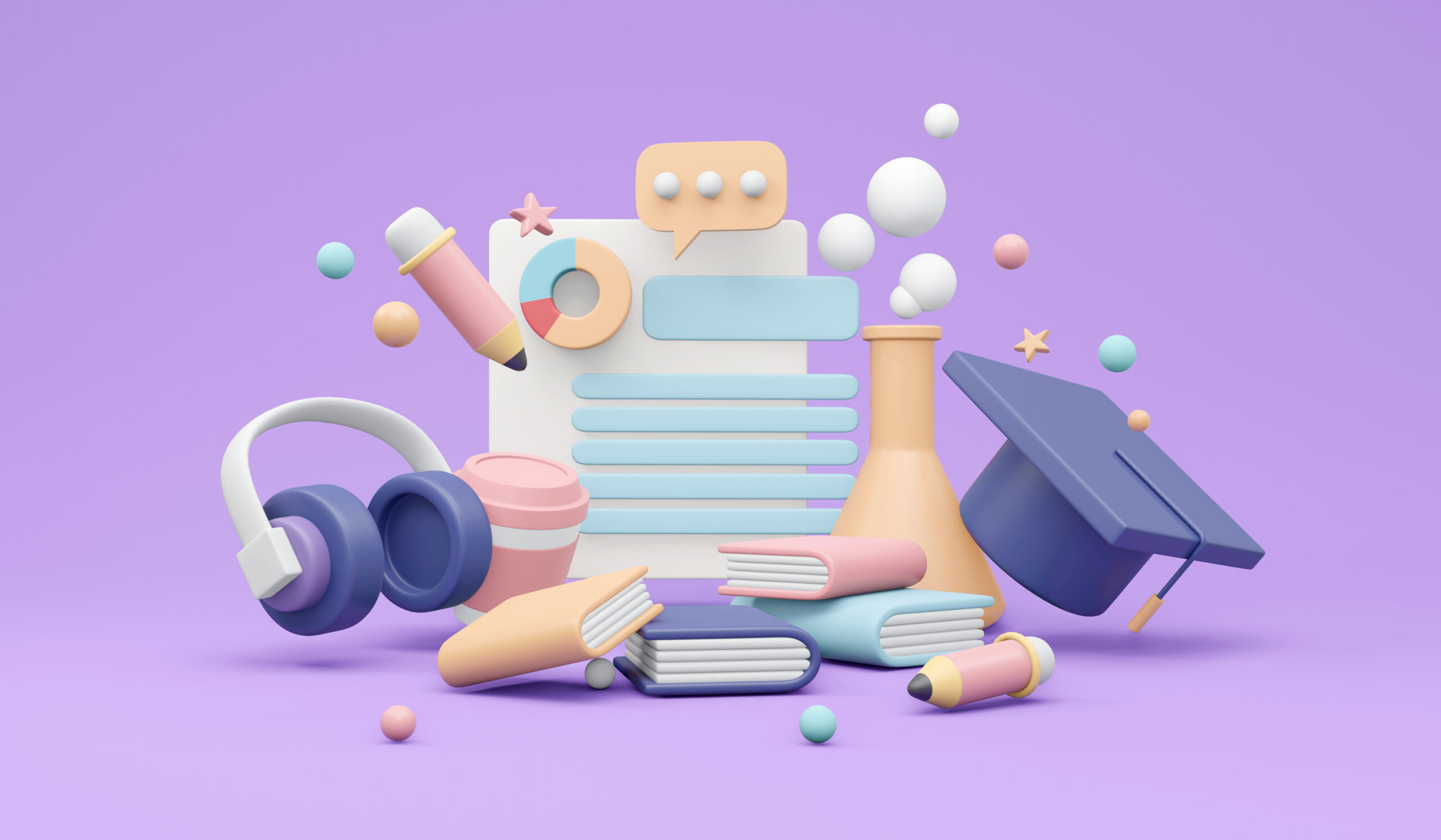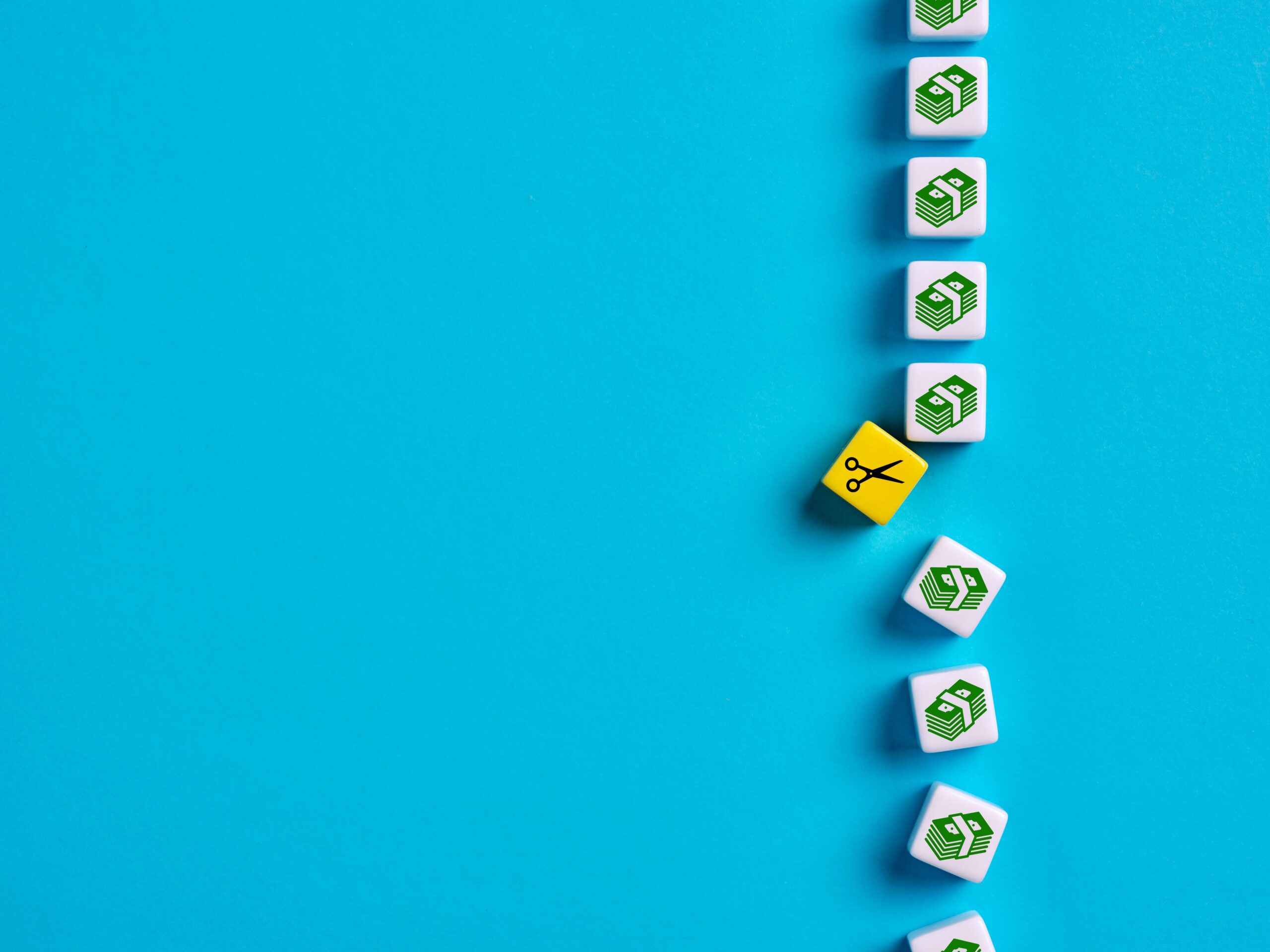Today’s AI capabilities are yesterday’s science fiction — AI technologies can now generate text, images, music, and video with simple prompts. As they evolve, the world of what is possible keeps changing at breakneck speed.
In education, AI technology has already started to influence how students learn, teachers teach, and, ultimately, what our educational system will come to look like in the years to come — revolutionizing teaching and learning as we know it. AI-powered tools and strategies will personalize learning and may even improve student outcomes by better preparing students for success in the digital age.
Sal Khan, founder of the Khan Academy, a nonprofit that provides free, world-class educational tools for use by all, boldly declared in his 2023 TED talk that AI has the potential to catalyze “the biggest positive transformation that education has ever seen.” He sees a new era in education, where every teacher has an AI teaching assistant, and every student has access to an AI-powered personal tutor.
While there are ethical concerns around bias, plagiarism, appropriate use, and fears that AI will enable the spread of misinformation and cheating — issues that AI developers will certainly need to address — a growing group of educators are enthusiastically looking to a future of education that includes AI.
The challenge? Harnessing the immense positive potential while mitigating or avoiding harm.
Universities Build Their Own AI Tools
Taking these concerns to heart, colleges and universities have begun developing their own Chat-GPT-like tools for faculty and students to overcome concerns about intellectual property rights, equity, and privacy. The University of Michigan, Harvard University, University of California San Diego, UC Irvine, and Washington University have all created their own version of Chat GPT for use by students and faculty in the past year.
WashU GPT was launched last year, spearheaded by Albert Lai, deputy faculty lead for digital transformation at Washington University. They, along with the University of Michigan and UC Irvine, built their AI tools using Microsoft’s Azure platform, which is based on open-source software available for free to mitigate equity concerns. Proprietary platforms, like OpenAI’s ChatGPT, on the other hand, impose upfront fees. What’s more, having a closed system can provide faculty with peace of mind that their intellectual property remains protected. “Any faculty member — including myself — would be very uncomfortable in putting a lecture and exams in an OpenAI model (such as ChatGPT) because then it’s out there for the world,” shared Ravi Pendse, University of Michigan’s Chief Information Officer.
Art Schools Get Creative About AI
AI is no longer just for computer scientists analyzing massive data sets and conducting predictive analytics — artists, designers, animators, musicians, video artists, and other creatives are now using it to enhance their creative processes and sometimes even generate new work. While there is a push/pull relationship between the technology and artists, leaders at top art institutions are starting to see AI as the next logical step in the digital revolution with the meteoric rise of visual AI platforms like DALL-E and Midjourney.
“This is as organic and logical as it gets, that an art institution is exactly primed to integrate this,” shared Griffin Smith, who teaches at the Rhode Island School of Design. “RISD is the most punk art school, and I see this as one of the greatest punk opportunities we’ve had.”
When generative AI burst onto the scene, Jane South, Chair of Fine Arts at the Pratt Institute, looked past the ethical and copyright concerns and hoped that this technology might be the next big thing for artists and creative industries. “I thought, ‘Goody, goody.’” South sees the dawning of AI as “one of those moments — [like] when the printing press was invented, when photography came along — that art thrives on. Because it makes us think about what it is we do.”
Some liken attitudes around AI to those that surrounded Photoshop when those powerhouse programs burst onto the creative scene. “I think as soon as Photoshop became ubiquitous, faculty have been having conversations with students about Photoshop, and using it as a tool, and the difference between making all of your work on Photoshop and printing it out onto a piece of paper or projecting it onto the wall,” said Smith. “All of those conversations, I think, are very easily transferable to AI.” However, some creatives caution that there’s a big difference between what skilled creators can make using Adobe Creative Suite tools versus those without artistic skills or training.
South emphasized this point in a recent New York Times article, saying previous technological inventions that critics feared might upend creative professions only ended up strengthening them. “Photography was supposed to be the end of art, and then the Xerox machine came along, and that was supposed to be the end of art, too.”
AI as a Tool — Not a Replacement — for Creatives
Increasingly, schools are looking at AI as a multi-use tool — much like Photoshop or the camera before it — and many now see that it qualifies as its own medium for making art. For some, a consensus is forming that the act of limiting the tools available to create art is a bad practice for artists and for creativity.
To Nate Harrison, the Dean of Academic Affairs at the School of the Museum of Fine Arts (SMFA), “concern” about AI is no longer relevant because it has already arrived. In other words, AI is here. “We cannot fight AI, students are already using it, many very organically and intuitively and naturally.” For him, the question should be: How can we equip students with smart approaches to using AI?
Some art schools, like Ringling College of Art and Design, are incorporating AI into their teachings instead of cleaving it off as a separate course. In one of their costume design classes, for instance, students use AI to find inspiration before crafting actual costumes.
RISD is now offering courses that prepare their students to code with machine learning and employ programs like Stable Diffusion, Midjourney, and DALL-E, encouraging their use as foundational tools for creative projects that may ultimately involve traditional mediums like painting and illustration.
Creatives in marketing and advertising know that their work rests on the meaning of the ideas underpinning their concepts, and they’re worrying increasingly less about how the images that correspond were created and more about what they communicate to clients and others. As inventor Buckminster Fuller, best known as the creator of the geodesic dome, once said: “We are called to be the architects of the future, not its victims.”
__________________________________
Bottomline
While many have described the rise of AI as “unprecedented,” that’s not exactly true. Disruptive technologies have often been seen as potential destroyers of industry before they settled into being seen as tools, just like the camera. As AI continues to become more fact than fiction, many in the creative fields are coming to the same conclusion: Yes, things will change, but new doors will also open, much like the advent of the internet.
If your team wants to infuse AI tools into your own creative work, we can help guide the way. Creative Circle has a strong bench of creative consultants who can help you craft the most adaptive and strategic way forward for your brand.



